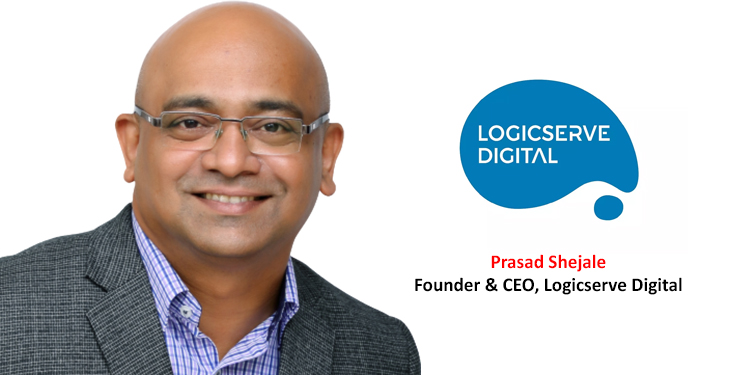The Covid-19 pandemic and the subsequent confinement to the home have made brands rethink the way they can connect and engage with customers. Cut to the present, two years on, companies have started moving to a hybrid working mode and markets have opened up, but consumers have figured that it is easier to study, shop, watch movies and get their work done online without stepping out as much. These ‘new-age customers’ utilize digital channels to follow the latest developments and use them to cater to their needs.
Reasons for the Growth of Digital Marketing in India
Since this isn’t a temporary phase, digital marketing has become a crucial part of new-age marketing strategies and is here to stay. The pandemic simply accelerated this shift where consumer behaviour was already veering towards a largely online/virtual world. That said, it is not the only reason for the surge in digital marketing activities in India.
Increased internet penetration and rising mobile data usage have upped the demand for digital advertising on electronic mediums, which in turn has had a cascading effect on digital marketing. India is also one of the largest markets for smartphones globally with smartphone sales expected to touch 38 million units in Q1 2022 (Counterpoint Research). The country is the second-largest online market globally—with 658 million internet users accounting for 47% of the population (Data Reportal)—who spend several hours on digital platforms and social media.
Emerging Digital Marketing Trends
Brands have had to employ digital marketing techniques so that home-hound customers can avail themselves of new offerings and discounts without leaving the comfort of their homes. I see some clear trends emerging from this shift in consumer behaviour.
- 5G: I am sure we will see 5G become mainstream in the coming year, offering a wide range of benefits from the increased capacity for new content delivery and enabling unique experiences at incredible speed. Since the government of India is also supporting the development of 5G technology in India, I am sureit will be an important component that will drive the digital transformation journey in India.
- Shoppable Content: The e-commerce industry is predicted to be a $1 trillion industry by 2022. In order to ensure a seamless shopping experience for users, we are already witnessing newer formats and channels for shopping coming into the picture. In the coming year, marketers will dive into the ‘shoppable content’ space which allows users to directly shop for their favourite products without having to leave the platform or content they are consuming in an intuitive way.
- Visual & Voice Search: There have been major developments in visual and voice technology. Some reports predict that voice shopping is going to reach $40 billion by 2022. Developments in this space will enable businesses to capitalize on this opportunity, rethink their digital strategies and figure out ways to be visible when people search for them via visual or voice search.
- Short Videos & Micro Videos: This trend is already becoming mainstream—appearing from social media to shopping platforms, as people are able to consume content in a quick and convenient way. Brands can use this format to connect and engage with address the problem of shrinking attention span. Digital marketing will also allow businesses to personalize and target specific audiences to increase engagement keep them hooked.
- First-party & Zero-party: Data is extremely important for businesses to understand and serve customers better. However, the growing importance of first-party and zero-party data has forced businesses to change how data is collected and used.
- Zero-click searches: A zero-click search occurs when the search engine displays snippets of information at the top of the search results page itself. This is also used by voice assistants to answer voice search queries of users. Brands will leverage this opportunity by optimizing content for featured snippets while keeping in mind the kind of queries customers might have while searching the web. This will improve the end-user experience and improve their search result rankings too, effectively aligning with their SEO goals as well.
- True one view of the customer: As we move towards a cookie-less world, brands need to figure out alternatives to understand their audience and deliver customized experiences to individuals. While there are ways to figure this out, brands need to have a more holistic approach to build a unified view of a real person and maintain it as information and preferences evolve over time.
As times change, customers will change too. Brands just need to have the right data with them to draw useful insights and build the right identities across channels so that they can deliver positive experiences while following all compliance protocols. These aspects are crucial for brands to leverage digital marketing and achieve their business goals. We will see more brands investing time and money in this area and continue to design solutions that will cater to the changing needs of their customers.
Article is authored by Prasad Shejale, Founder & CEO, Logicserve Digital.
















